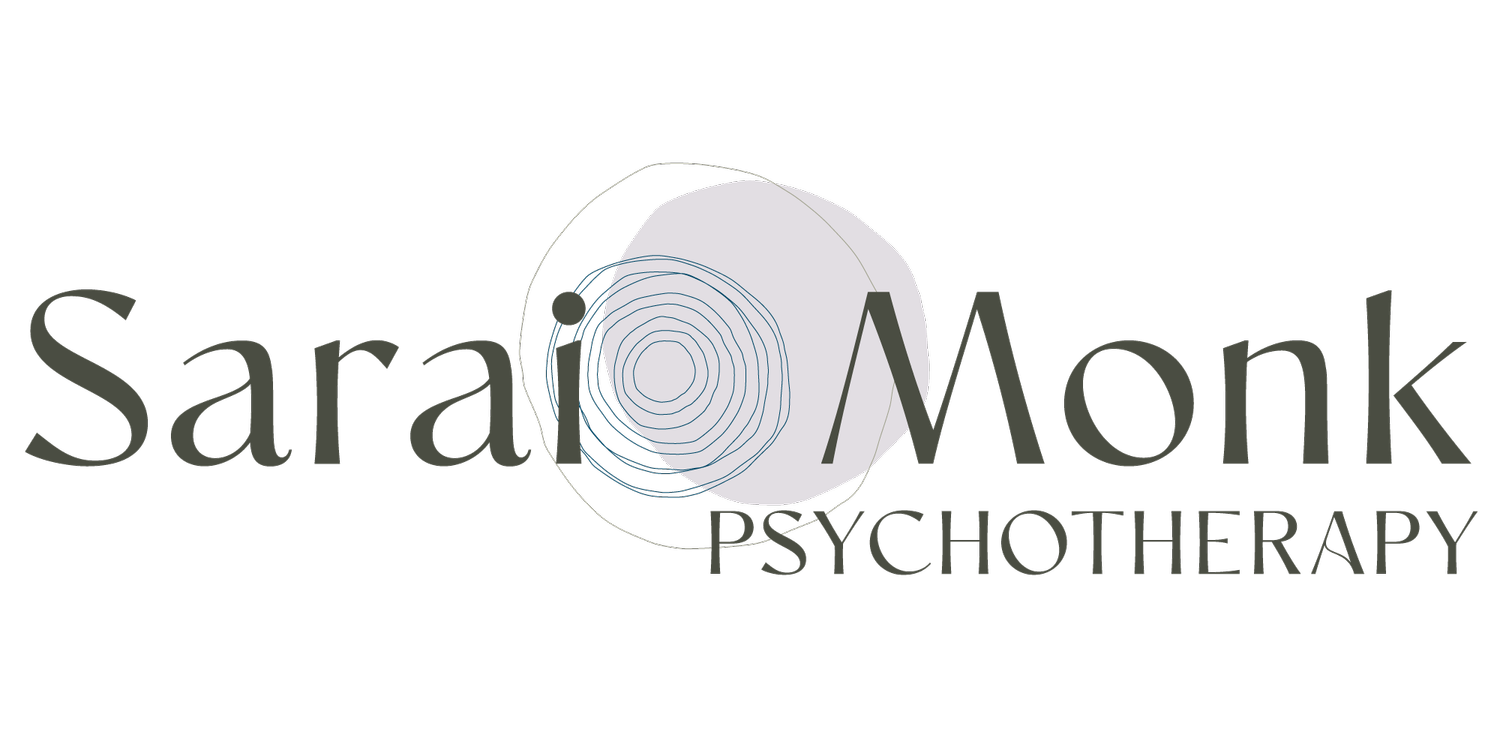How to reduce anxiety immediately
If you suffer from anxiety, you will know how awful it is to live in fear of a panic attack, social situations, or things feeling out of control. In this blog I will explain how to reduce anxiety immediately. This includes understanding the origins of anxiety, and how feelings and anxiety are linked.
We will look at how anxiety developed in humans to protect us from danger and death, and how this biological process has become maladaptive in those of us who suffer from anxiety. We will look at ways to understand the sequence of anxiety within you, and how you can regulate it.
A normal response to danger
Anxiety is a physiological set of symptoms in your body, and is different from feeling an emotion. Anxiety is a normal response to danger. If a tiger is about to eat you, or if you are being abused, your body responds physiologically in order to help you escape and survive. There are different ways your body responds. One way is when all the muscles tense up to help you run away from or fight the danger (‘ fight flight’). We identify it in the body as tension in the muscles we have voluntary control over, restlessness, or fidgetiness. This is a low rise of anxiety in the body, when it’s in the striated muscles. The striated muscles are the ones we have voluntary control over (tight jaw, neck, shoulders, fidgety hands, etc). I will explain more about the different types of anxiety symptoms in another blog.
A maladaptive response to danger
Problems arise when you experience anxiety symptoms physiologically (increased heart rate, shallow breathing, sweating, etc), or psychologically (worry, fear of judgment, rumination, obsessive thoughts) when there is no imminent threat to your life in reality (no tiger or abuser chasing you). So, what is the danger that causes your anxiety? The danger has become an internal threat. It is your emotions.
This means you likely grew up in an environment where feeling emotions was not tolerated (you might have been rejected, blamed, ignored, neglected), rather than supported.
Therefore you did not learn how to emotionally regulate. If your feelings were dismissed or ridiculed, you learnt to repress your emotions. Repression may have helped avoid pain, but the problem is, emotions don’t go away if they’re not processed.
They remain within us, causing anxiety, behavioural problems, and symptoms. They seep out in uncontrollable ways. They seem dangerous, because we never learnt how to feel them, in a safe way, instead we got rejected, or abandoned. As a result, your brain perceives the feelings within you (often unconscious, due to repression) as the ‘danger’ or threat to life. The cost of repressed emotions, is anxiety.
Noticing your anxiety
Anxiety is either a response to a repressed emotion, or to a projection (predicting something bad will happen, based on past experience).
The first step to helping yourself regulate your anxiety is to notice when you start to feel anxious, before it escalates further (into worsened symptoms or a panic attack). Anxiety starts at a low rise in the striated muscles: as tension.
I see many patients who aren’t aware of the chronic anxiety induced tension they walk around with day in, day out. They either ignore it, or are so habituated to it, it feels normal.
Noticing you are anxious is the first step. When you are aware of it, you have the choice to do something about it. You have the choice to regulate it.
Anxiety in the mind
If your anxiety presents as thoughts such as rumination or worries, then it’s likely you are disconnected from your body. This is a defence against feeling whatever is within you, because it feels dangerous or too painful. Remember, feelings can’t kill you. When we disconnect from our bodies, anxiety gets worse: we can’t fix anxiety caused by repressed emotions, by thinking. The only way, is to process the feeling. So the first step is to focus your mind on your bodily sensations and notice where the tension is.
How do you regulate a low rise in anxiety? Meditations that focus on body scans or or breathing techniques can help, when your anxiety is in your striated muscles.
The real cause of anxiety
How to reduce anxiety immediately involves understanding that ALL anxiety originates from unfelt, unprocessed emotions. Our feelings are a response to our interactions in relationships, as well as our relationship with ourself. Once you can identify your emotion, and allow yourself to feel it, you will see your anxiety dramatically reduce.
Our earliest experiences in life, through our significant relationships, give us a blueprint to how we are in the world: our brain uses this blueprint to predict all future relationships and environments. This blueprint predicts how we expect to be treated, and how we treat ourselves, based on how we were treated in our earliest relationships with our parents or main carers. If we were neglected or abused, there will be a backlog of unprocessed feelings from the past, stuck within our unconscious, causing anxiety and other problems.
Anxiety has a stimulus
After choosing to attend to your anxiety, you can think about why you got anxious at that specific moment. (Remember, anxiety doesn’t come out of nowhere).
How to reduce anxiety immediately starts with identifying what exactly triggered your anxiety. What was the stimulus? Did I criticise or reject myself? Did someone say something that made me feel something, but what I notice is that I’m anxious? Am I assuming I will be judged or blamed? Am I dismissing, neglecting, or blaming myself?
Identifying the trigger involves making a link in your mind, between rising tension (your anxiety) in your body, as a direct response to something: either your thoughts, painful memories from the past, or your emotional response to an interaction with someone. The stimulus may be conscious or unconscious.
Identifying the trigger helps to reduce anxiety. Understanding ourselves better leads to knowing how to help ourselves.
How to reduce anxiety immediately
To know how to reduce anxiety immediately is to be able to notice and understand what is happening within you:
Step one: Notice you are anxious, identify anxiety in your body
Noticing the physical signals of anxiety is important because if we aren’t able to notice what is happening in our body, then we can’t know when to regulate or attend to ourselves in a caring way. Is there tension in your body? Or restlessness? Where feels tight? How is your breathing, is it shallow? What do you notice about your hands? Your arms? Your shoulders? Your neck? How is your head feeling? Your eyes? Your jaw? Your throat? Your chest? Stomach? Your legs? Your feet? Log all the symptoms so you can build up a picture over time, of how anxiety manifests for you.
Step two: Identify what triggered the anxiety
Anxiety doesn’t come out of nowhere. It is in response to something or someone. Sometimes it comes out of an unconscious historical feeling that has been triggered by something in your present life. The way someone interacted with us, a thought about a person, or a projection. Pause, and think about what just happened, until you can identify what stimulated your anxiety. For eg, did someone say to you “don’t be silly”? When you were little and scared or angry or sad needing mum, did she say “don’t be silly”?
Step three: Be curious
Spending time asking yourself what just happened and what that feeling might be (even if the emotion is still unconscious), is how we become caring and compassionate towards ourselves and others. Asking yourself “what is the emotion that might be underneath my anxiety, and who is it directed towards?” breaks the cycle of self neglect or abuse that we might have learnt growing up.
Step four: Choose to regulate your anxiety
Once you’ve identified you’re anxious, you have the choice to do something about it. What helps you best? I would recommend the body scan meditation and a breathing exercise for striated muscle anxiety (tension in your voluntary muscles). I would also recommend yoga nidra, a mindful walk in nature, singing along to music. Find what works for you- the key is getting your awareness into your body.
For some of us who have experienced neglect, this is something we have to learn, and work on: being able to feel worthy and important enough to want to attend to ourselves in a loving, caring, and compassionate way.
Regulating anxiety frees up the emotion
Regulating your anxiety makes it possible for the emotion to emerge into your awareness, and body. Emotions are what make us who we are and we yearn to be known, emotions long to be felt. If we allow this, our feelings can move through and out of us. If we let them follow the path they want to take (eg; allowing tears for grief), this is how emotions are processed and leave us. We know it has worked because afterwards, we feel lighter, and much better. I do not mean that we go around punching things if we are angry.
Experiencing ordinary feelings immediately brings anxiety down
You will notice that when you allow yourself to feel your emotions, your anxiety will instantly reduce, or go altogether. This is how to reduce anxiety immediately. I am not saying this is easy - many of us have huge resistances to feeling our emotions, which is why therapy can help.
Conclusion
I hope this blog has helped you to understand that the amount of anxiety you experience is in direct proportion to how much an emotion (or set of emotions) are being repressed. I have explained how anxiety does not arise out of nowhere, but always within a relationship, either with ourselves or with significant others. And that sometimes, there’s a backlog of repressed feelings from childhood, that get triggered in our current lives, and contribute to our amount of anxiety.
I have set out four steps to help you to know how to reduce anxiety immediately. The steps are: 1. to recognise rising anxiety in your body physiologically. 2. to identify what the trigger may be. 3. Be curious by thinking about what the feeling underneath might be, and 4. make the choice to regulate your anxiety using a body scan, breathing exercise, or something else that works to reduce tension in your striated muscles, and get your awareness into your body.
We’ve looked at how regulating your anxiety frees up the emotion, so that if you want to, you can process it by feeling it, understanding why you feel it, and allowing it to do what it wants to do (for e.g; crying in grief, or putting in a boundary for anger).
If you can relate to this, would you like some help?
I hope these suggestions will help you to feel confident on how to reduce anxiety immediately. If you can relate, and think you need professional help, I work with individual adults and would be happy to hear from you. Book a free, 15-minute telephone consultation to talk about how I might be able to help you.

